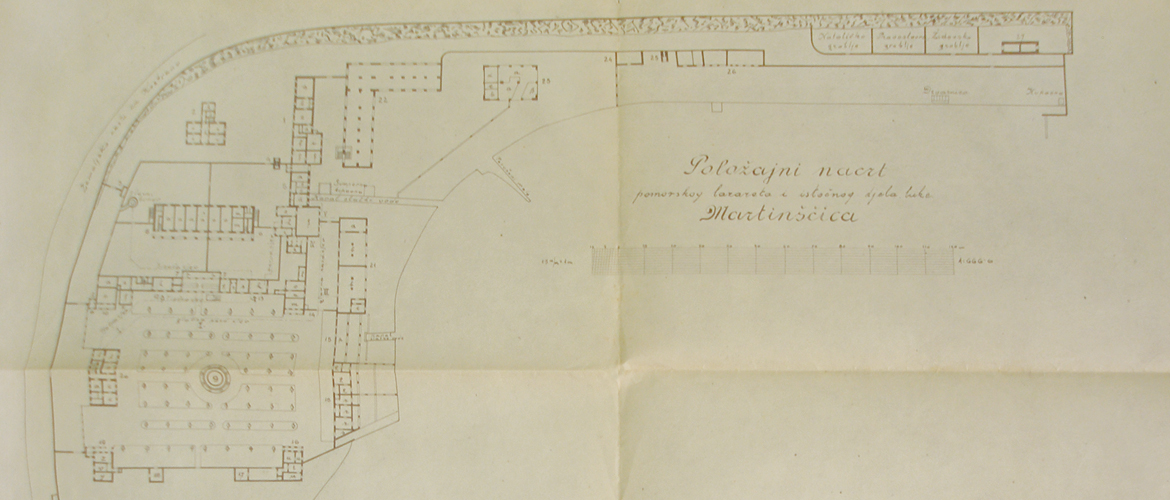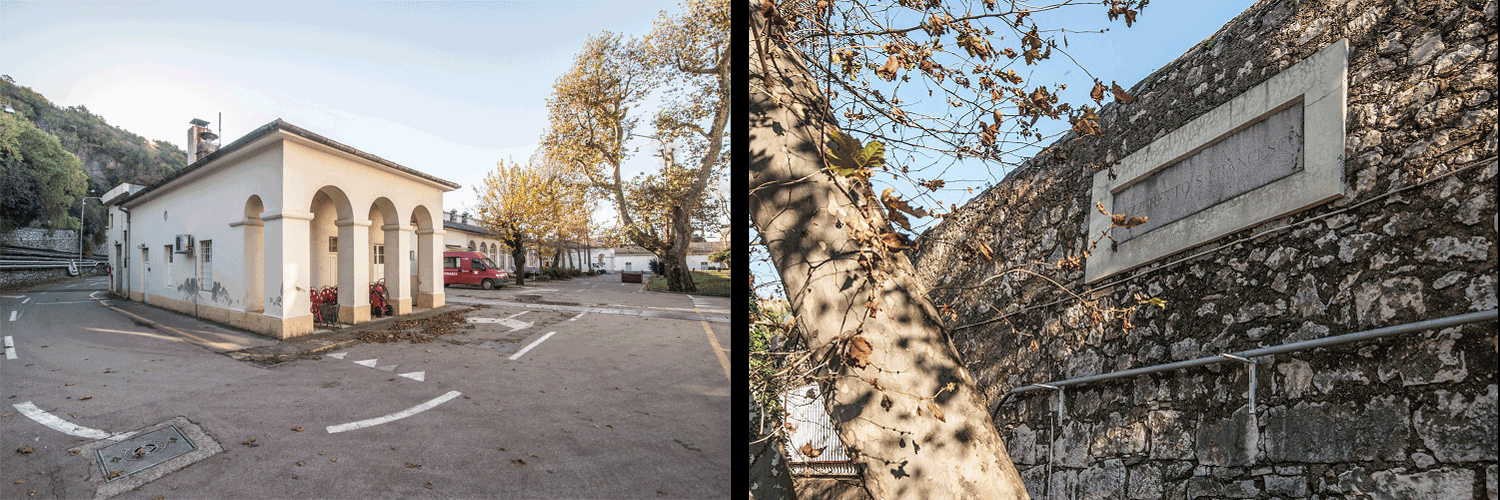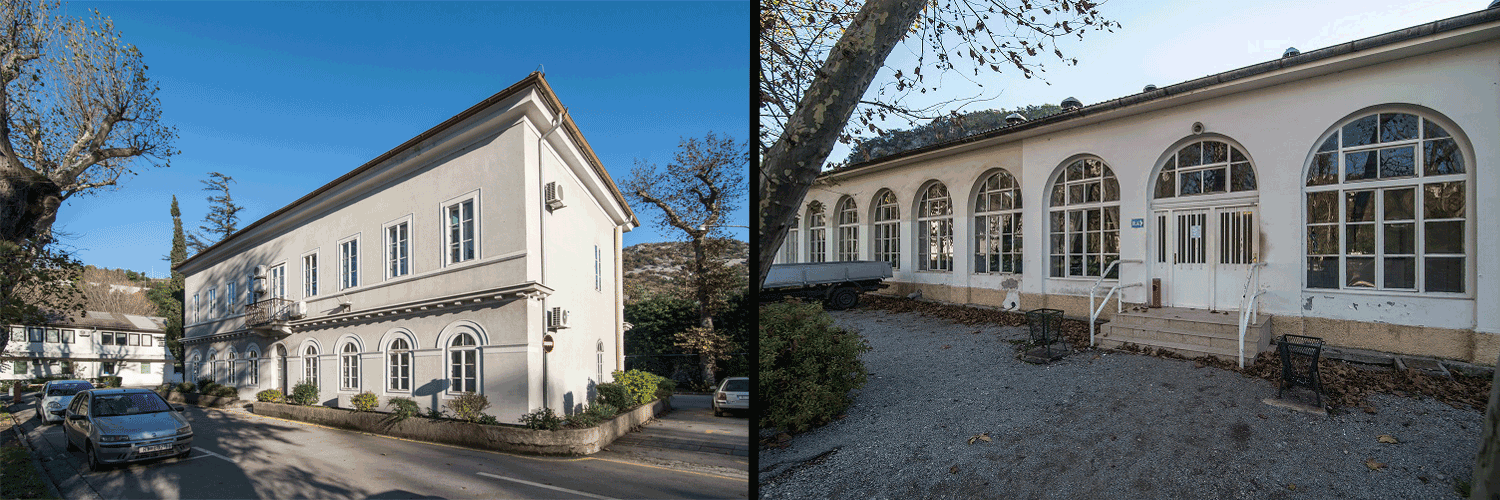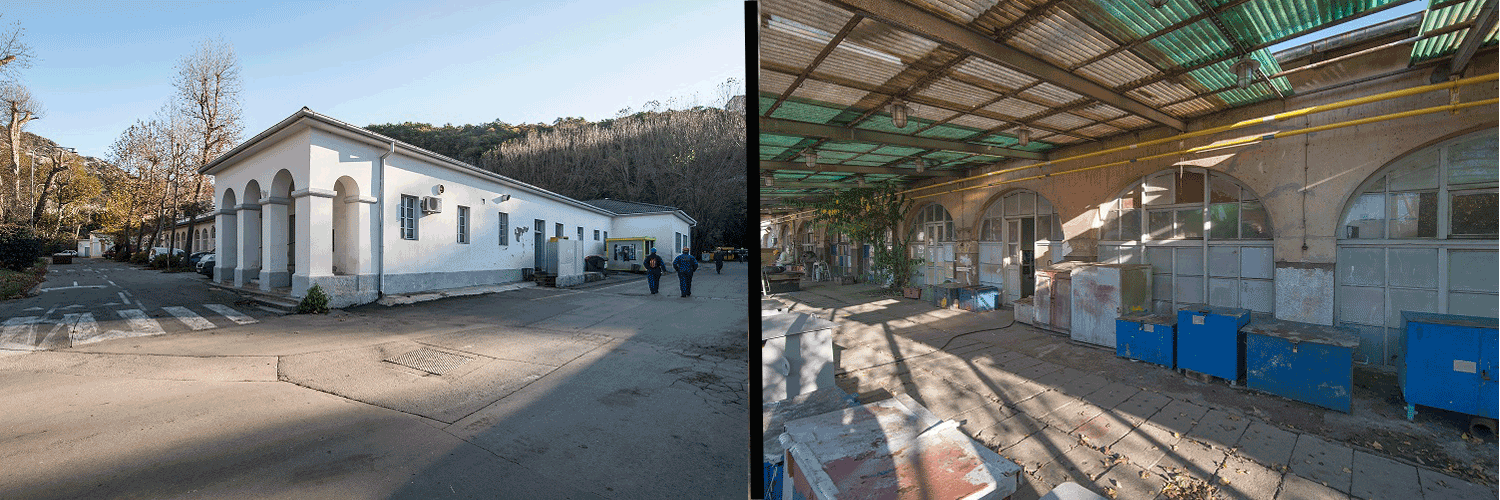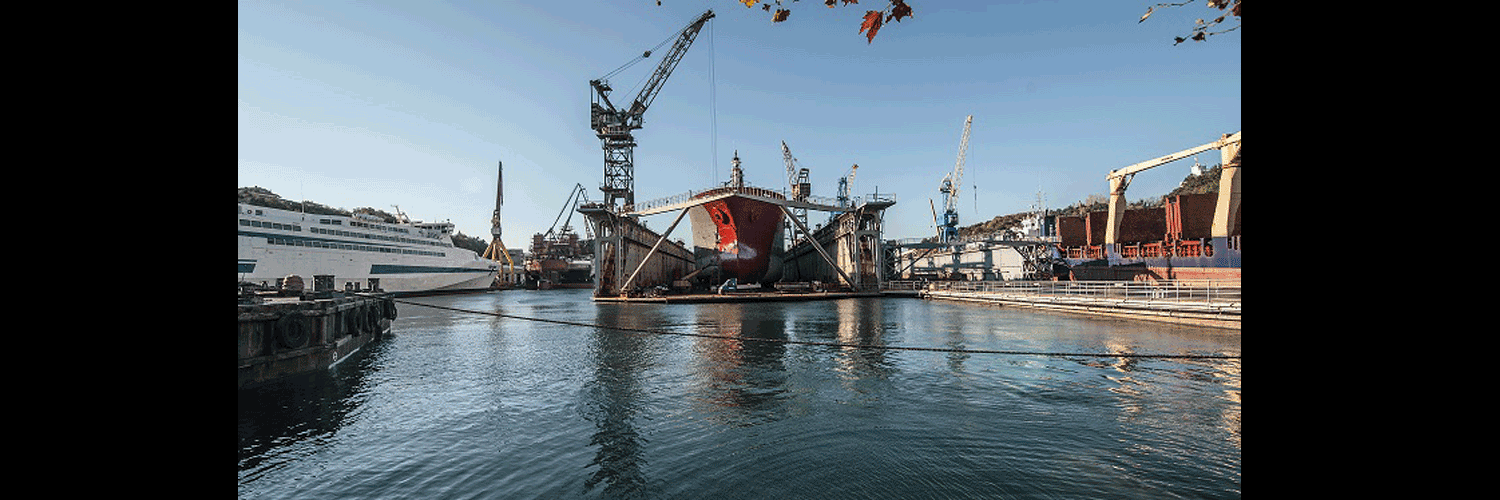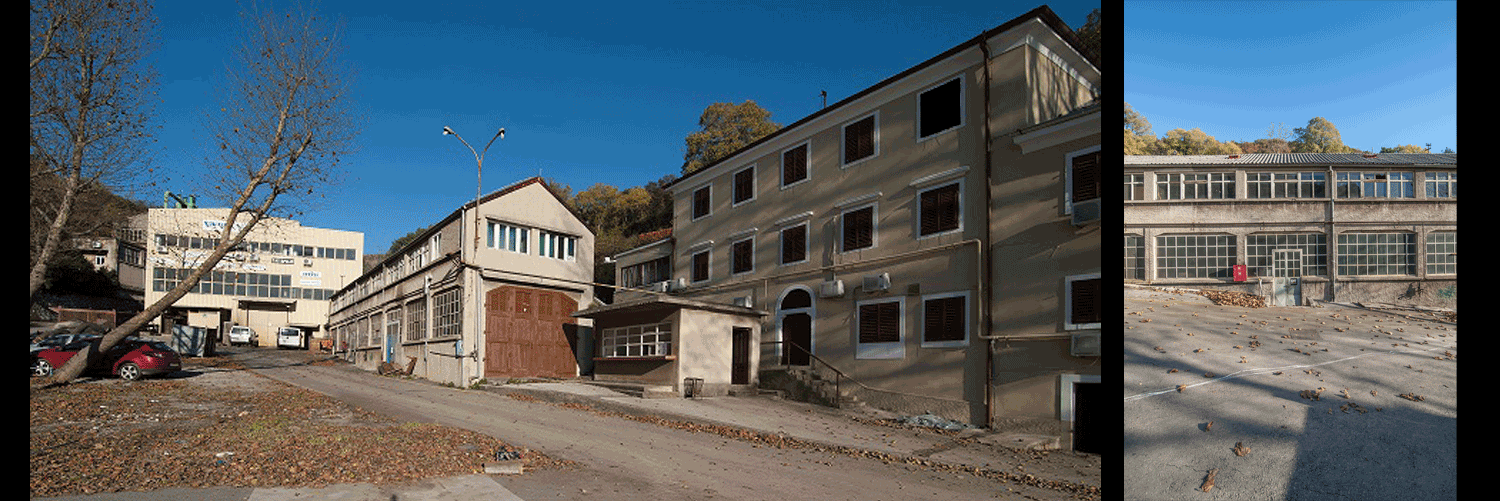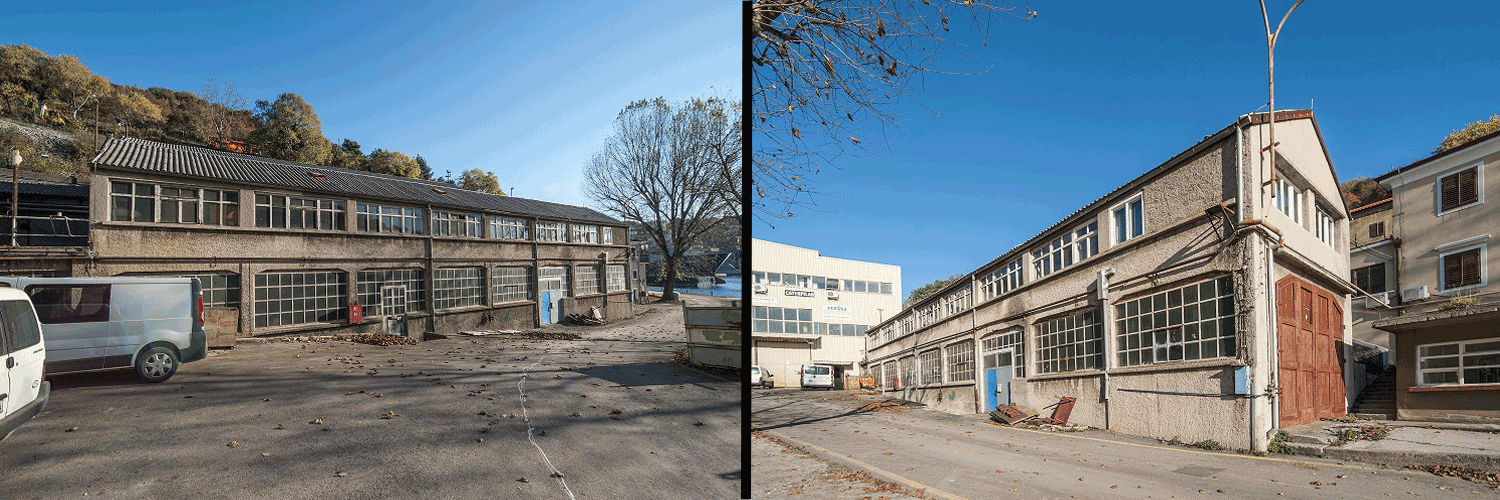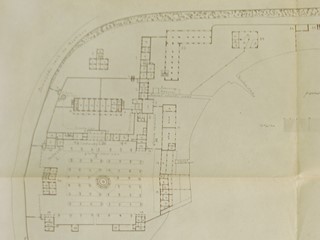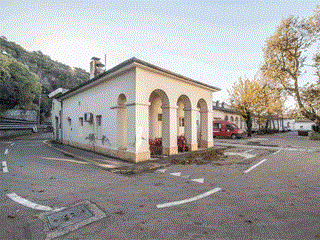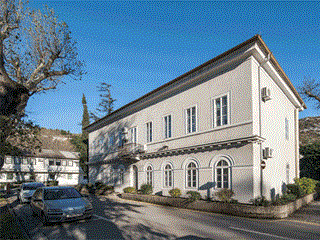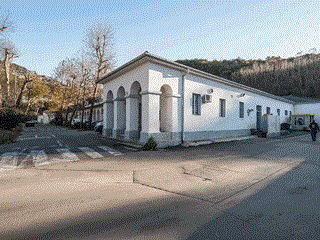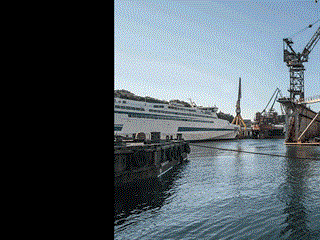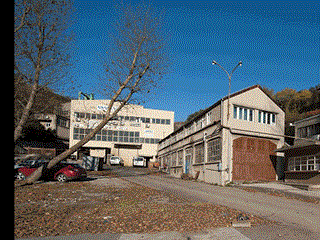Lazaretto in Martinšćica
address: MartinšćicaPeriod: Historicism
Kind: Immovable material heritage
Century: 19
Year: 1833
Purpose: quarantine, shipyard
The St Francis Lazaretto was put into operation in 1833 in Martinšćica. The number of ships passing through the Lazaretto shows how much Rijeka’s Governorate profited from its construction. In the period from 1833 to 1851, passengers of 557 sailing ships passed through the Lazaretto and 119 ships docked at the Lazaretto in the time of cholera in 1870s (from 1873 to 1874). The lazaretto accommodated ships with “clean” and “unclean” bills of health and it used proven methods of decontamination. Banknotes for retail trade were treated in vinegar, letters were fumed in sulphur smoke, cargo was decontaminated by means of ventilation, sunlight and fuming. Also, the clerk of the Lazaretto who was in charge of accepting vessels and controlling their health bill, fetched the requested document with a reed or with an iron clamp, fumed the paper with sulphur smoke and only then took it in his hands.
The whole complex is now interpolated within the shipyard of Viktor Lenac, so relatively little of the former architecture of the Lazaretto has been preserved. It was primarily a complex of pavilions with exceptional classicist characteristics, with a park in the centre of which there was a circular chapel with a dome dedicated to St. Francis. Within the Lazaretto there was a parlatorium, which served as a meeting place for sailors from the quarantine and their visitors, as well as a cemetery divided into the Catholic, the Orthodox and the Jewish part.
The Lazaretto kept on working until the First World War, during which it operated as a military hospital for infectious diseases. After the war, in 1922, the Lazaretto housed the Italian troops and, from 1922 to 1925, the troops of the Kingdom of Serbs, Croats and Slovenes took the place of the Italians. In 1926, the purpose of the Lazaretto changed completely; it became a summer resort for children from all over Yugoslavia. From the first half of the 19th century, a shipyard operated in parallel with the Lazaretto on the western part of the bay. Its work and the changes of its ownership can be traced back to the Second World War. It was not until the 1960s that the shipyard of Viktor Lenac was moved from the pool of Port Baross to Martinšćica.
Valorization:
Lazaretto has been preserved within the shipyard. Although the buildings stripped of their original function, its shape was left unchanged.
Bibliography:
DARI, JU 48, kutija 30.
Bradanović, Marijan, Riječki lazareti, u: Riječka luka-povijest, izgradnja, promet, Muzej grada Rijeke, Rijeka, 2001.
Karmelić, Jakov, Lazaret u Martinćici, Sušačka revija, godina I., br. 2/3, Klub Sušačana, Rijeka, 1993.
Matejčić, Radmila, Kako čitati grad, Adamić, Rijeka, 2007.
Pauer-Paškvan, Rude; Paškvan, Ivan, Martinšćica u srcu – naša stara Martinšćica i život u njoj, Katedra Čakavskog sabora Kostrena, Kostrena, 2012.
Rački, Andrija, Povijest grada Sušaka, Tisak Primorskog štamparskog zavoda d.d., Sušak, 1929.

